How to stop condensation — 10 expert-approved ways to stop water collecting on your windows, with preventative products from $9
We asked industry experts for their advice on how to stop condensation.

Douglas Kent
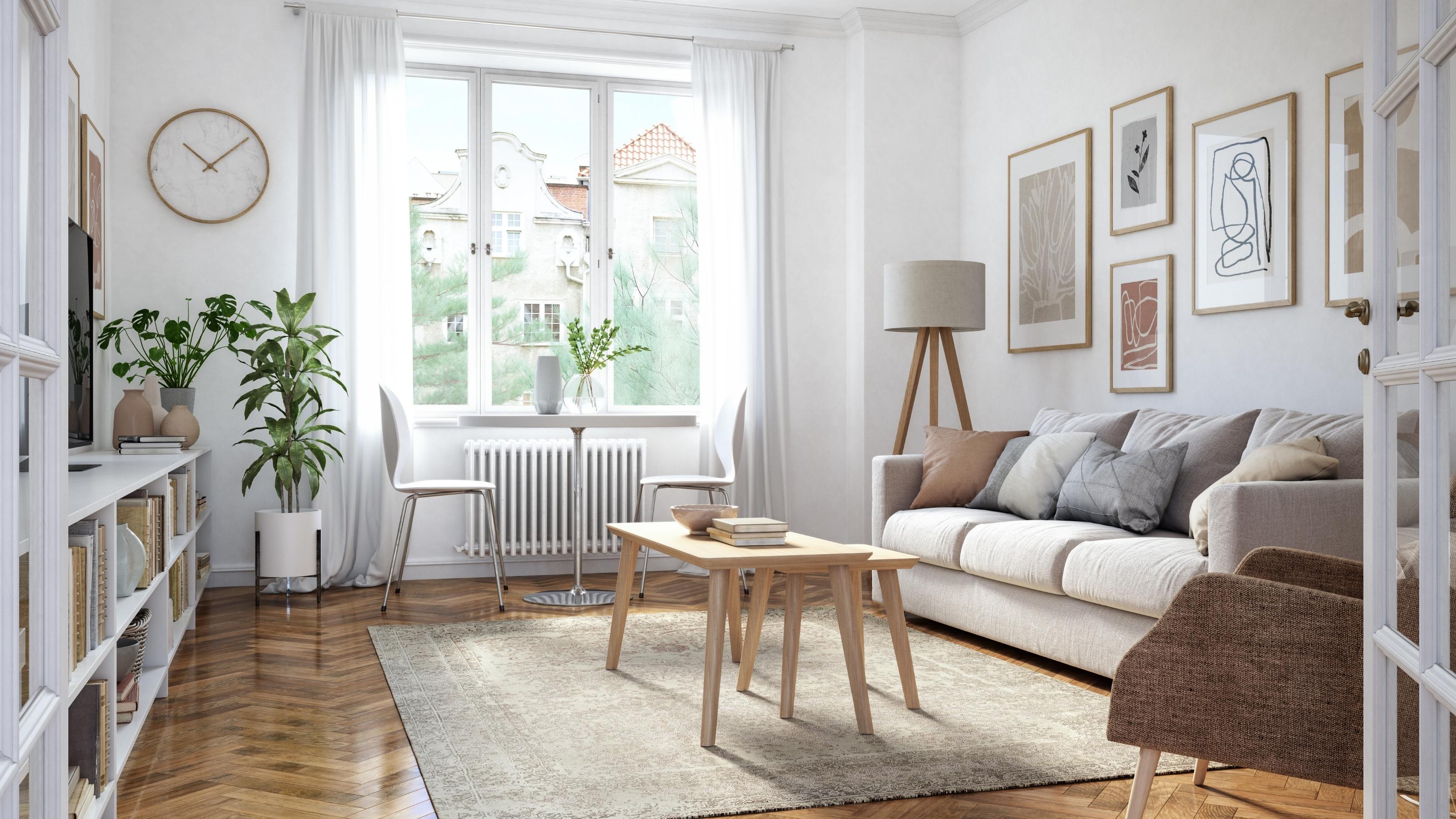
- 1. Ventilate your home
- 2. Get a dehumidifier
- 3. Dry clothes more effectively
- 4. Stop humidity from traveling
- 5. Start cooking with lids
- 6. Leave the extractor fan on
- 7. Keep your heating on low
- 8 . Turn down your humidifier
- 9. Open your drapes
- 10. Open windows
- Longer term solutions to condensation
- FAQs
Wondering how to stop condensation? Cold droplets on windows are a common annoyance during any season, but they tend to become more of an issue in winter when chilly weather hits our window panes.
While those tiny beads of water racking up on your pane may seem more irritating than destructive, over time they can contribute to damp and black mold. Neither of these things is ideal, so it's good to keep condensation at a minimum. Condensation on the inside of windows is actually different from other forms of dampness, such as rain and rising dampness. It's basically the opposite of evaporation.
So how do you keep it at bay? We've spoken to the experts and provided an edit on the best humidifiers, affordable short-term solutions, and longer-term measures.
Our guide on how to stop condensation
In understanding how to stop condensation, you need to understand why it happens. So we spoke to James Mokler, retail assistant product manager at Kärcher. Put simply he explains that "the build-up of condensation occurs when the air inside of the room is warmer than the surface temperature of the window (or any surface)."
So we've listed temperature-managing methods for your home, with shoppable items to deter the drip.
1. Ventilate your home
The key is to generate less moisture. Some of it is inevitable, but try to open windows where you can and avoid draft-proofing windows in kitchens and bathrooms.
This is especially important if you live in a small, open-plan apartment without an efficient extractor fan or air bricks, as there's nowhere for all the moisture to go. Mokler recommends even opening the windows for just 20 minutes a day as this can be enough to drastically reduce the effects of condensation and dampness in homes. Ensure also that lofts, floor voids, and redundant chimneys are well ventilated and avoid foam treatments on the underside of roofs that can cause timber decay.
Get small space home decor ideas, celeb inspiration, DIY tips and more, straight to your inbox!
And, a short-term way to wick away moisture? Get yourself a window vac. The Karcher WV1 Plus (available on Amazon) is one of the best squeegees for mopping up wet windows, shower screens, mirrors, and countertops.
2. Get a dehumidifier
"Those living in more traditional homes wouldn't be without one of a dehumidifier around, as older homes are more prone to dampness and condensation," Mokler says. "If you’re able to invest in this solution, there are some great humidifiers on the market that absorb all the moisture in the air."
You might not want a dehumidifier running at night in a bedroom, but if you put yours on after you get up and set a time for it to switch off an hour or so later, it'll stop condensation from becoming a problem. In case you were wondering, dehumidifiers use very little energy (much less than tumble dryers) to run, so you won't see a big hike in your energy bills.
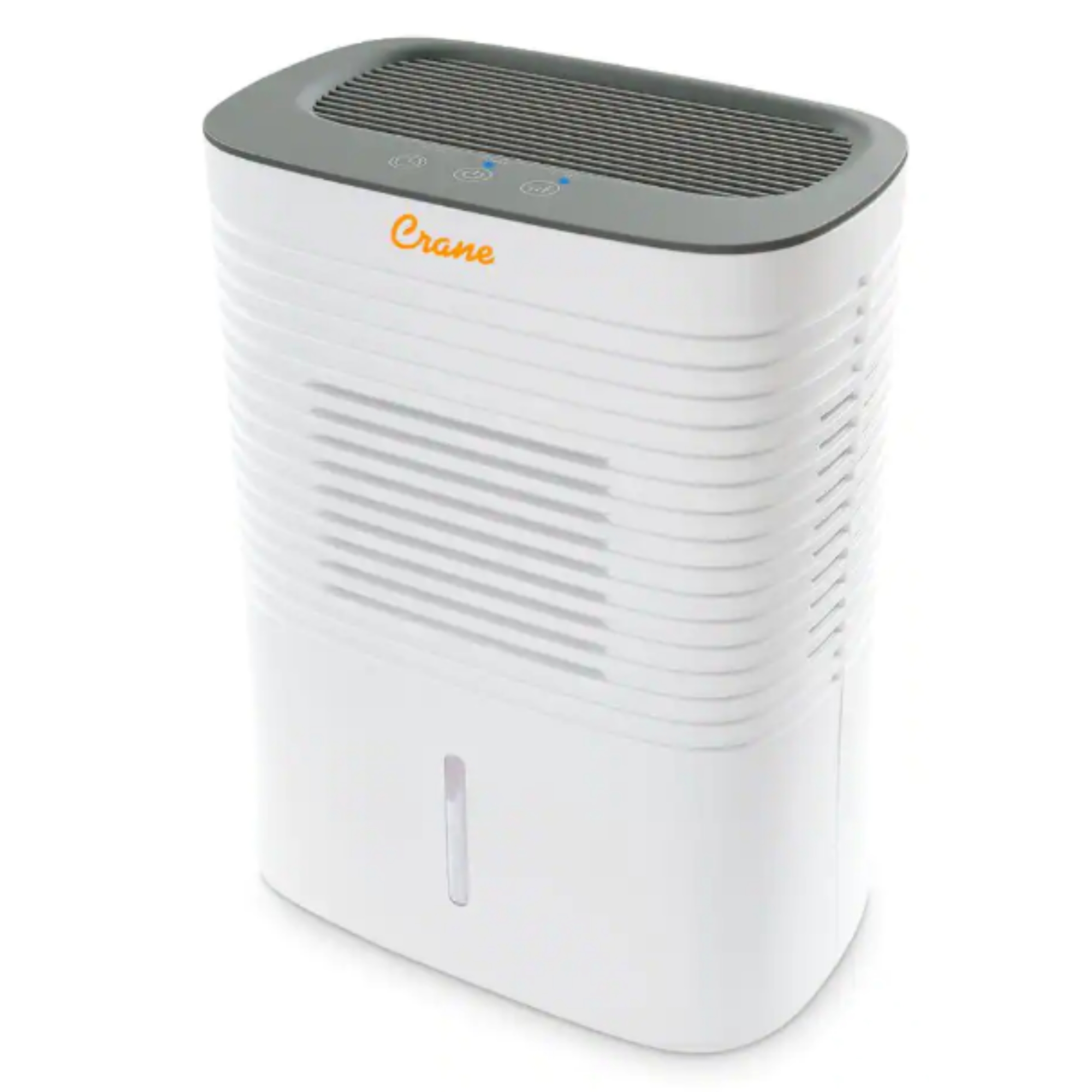
Price: $87.99
Capacity: 4 pints
Dimensions (in.): H12 x W5.43 x D9.06
Weight: 8.5lbs
+ Great price
+ Lightweight
+ Suitable for smaller spaces
+ Small tank capacity
- No drain hose connection
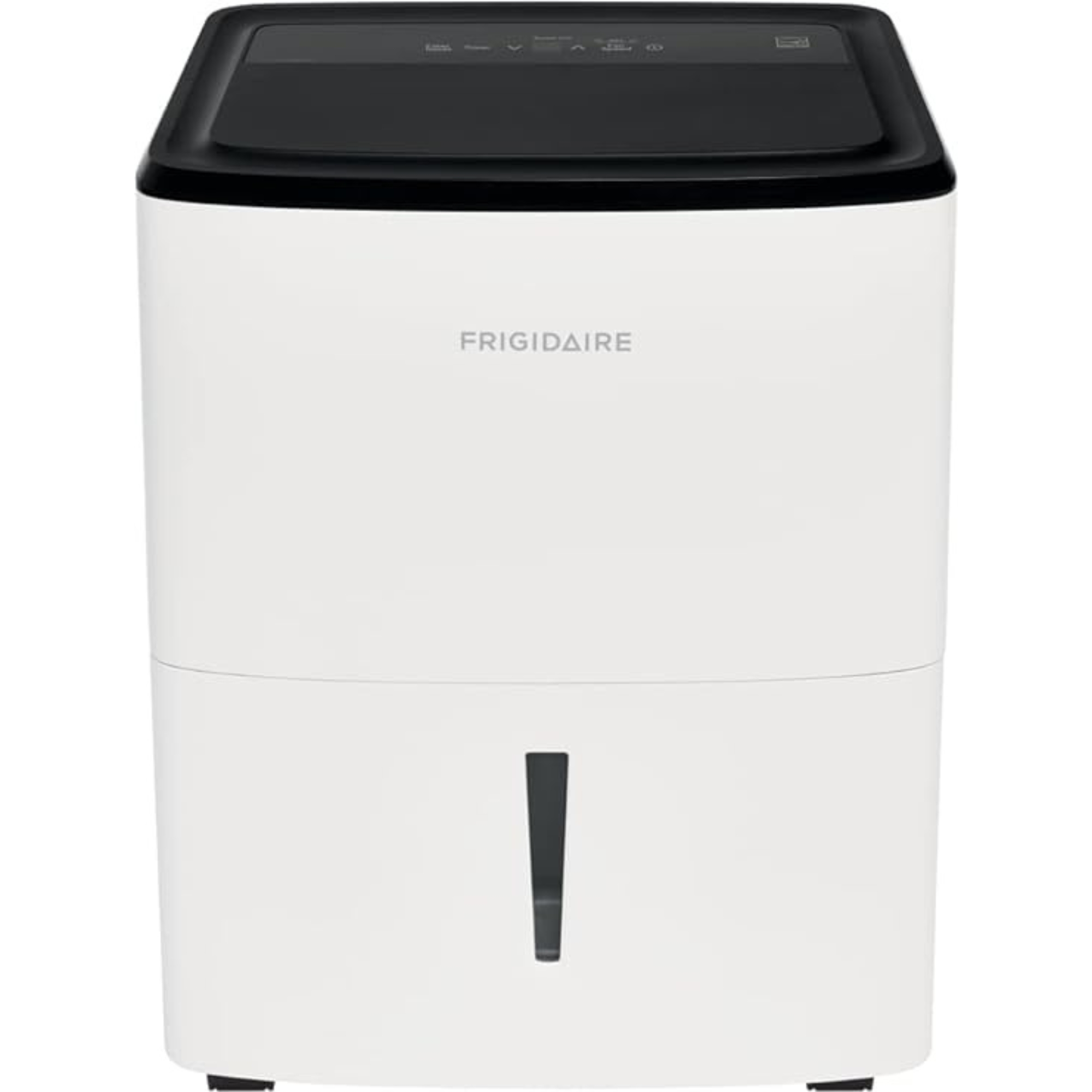
Price: $199
Capacity: 22 pints
Dimensions (in.): H19.78 x W15.5 x D11.34
Weight: 36.3lbs
+ Drain hose connection
+ Energy Star certified
+ Good price
+ Programmable
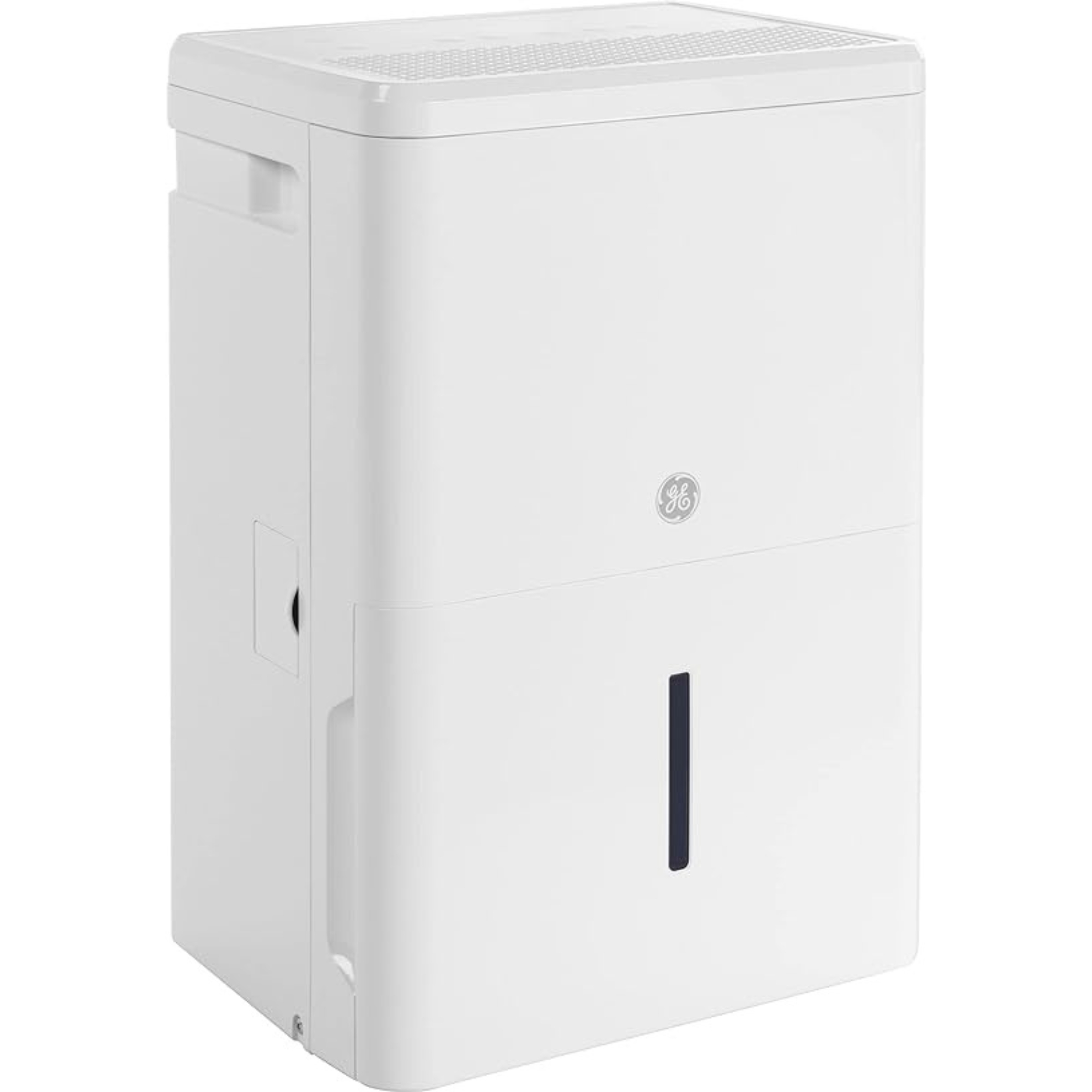
Price: Was $239 Now $215 (save $24) at Amazon
Capacity: 35 pints
Dimensions (in.): H19.4 x W13.2 x D9.9
Weight: 36.5lbs
+ Auto defrost feature
+ Drain hose connection
+ Castors
+ Energy Star certified
+ Suitable for large space
- Noisy
- Small tank capacity
3. Dry clothes more effectively
Damp laundry in an unventilated room is a recipe for water droplets on those windows of yours (and a gross smell as a result of that). Goodman says to dry clothes outside when you can or select an extra spin cycle on your washing machine to wring out moisture when you have to hang clothes indoors.
For those of us who can't dry clothes outside or who need a solution during colder months, it's worth investing in a heated clothes airer (like this one on Amazon). If you stick by a regular laundry rack, consider the positioning.
"Place your drying rack in front of a bright window to help dry faster and create a well-ventilated area to prevent condensation," says Goodman.
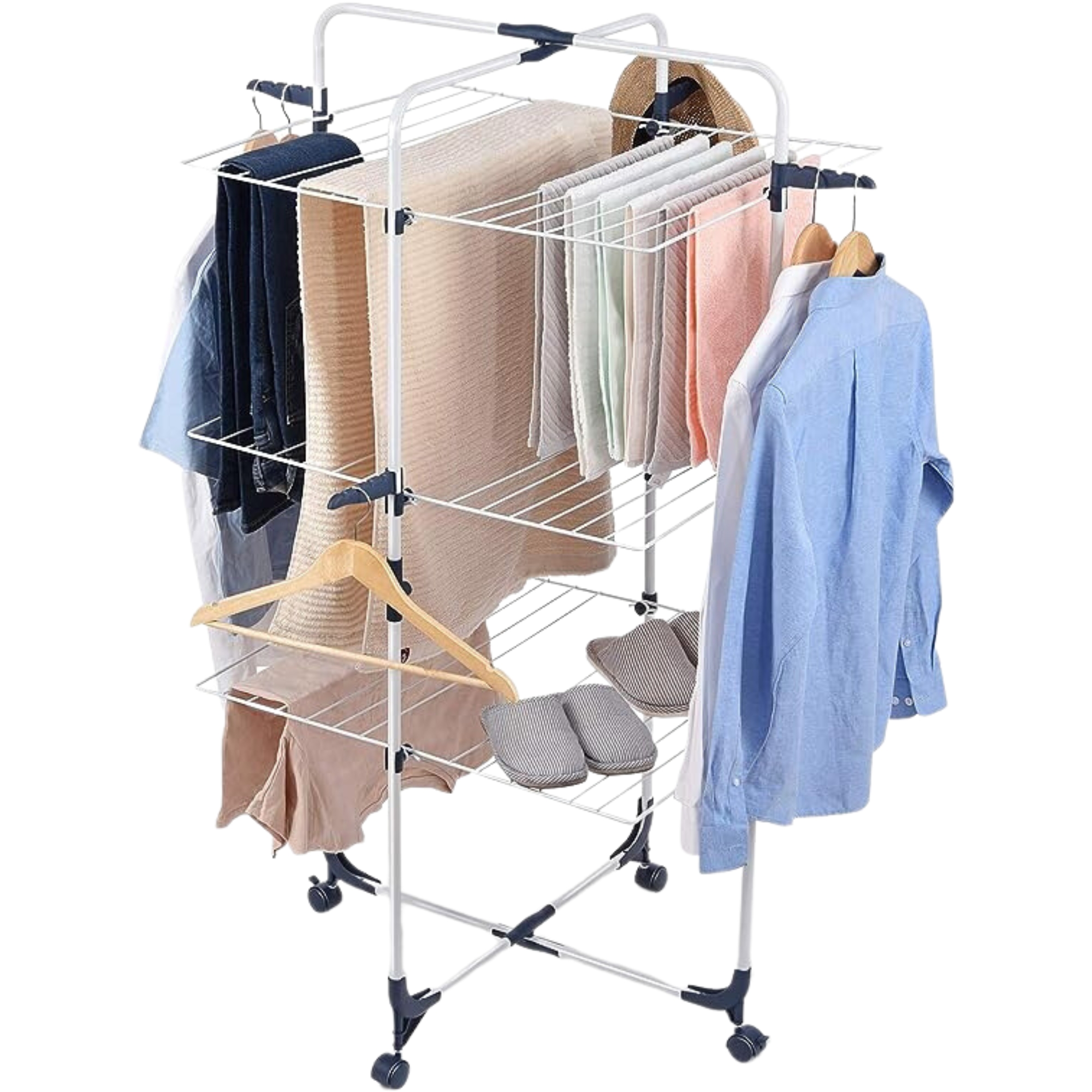
$54.99
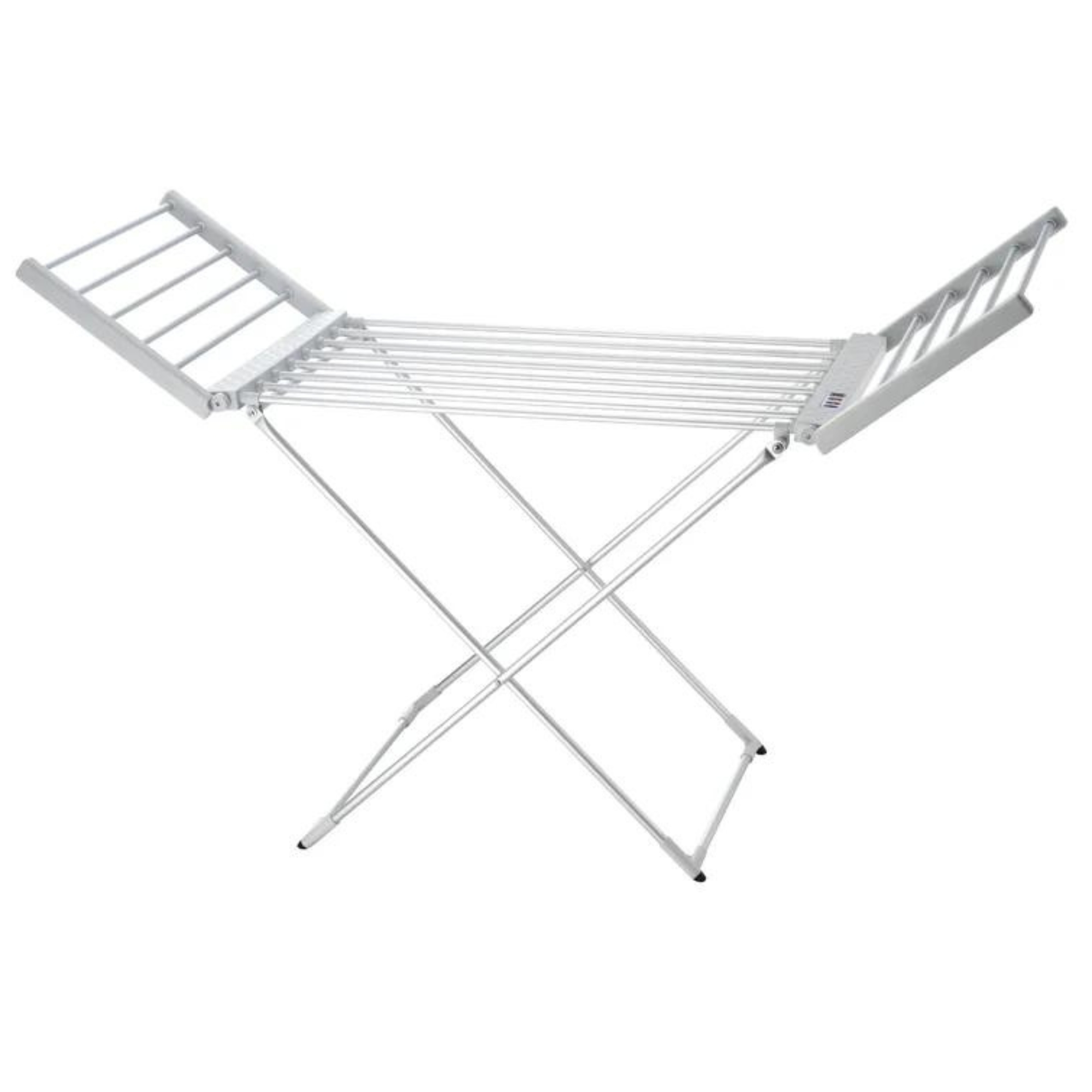
Was $82.99 Now $65.99 (save $17)

Was $21.99 Now $8.97 (save $13.02) on Amazon
4. Stop humidity from traveling
Close kitchen and bathroom doors when in use to trap humidity in its tracks.
"Drawing in moisture from the room before it has time to manifest can be an easy way to combat condensation," says Mokler. "Some unconventional methods include putting cat litter in a sock, tying it up, and placing it on a windowsill. Putting a bowl of salt on the windowsill has also proven to be a good hack."
Another way to simply keep humidity at bay is to stop investing in humidity-inducing items. Even the best indoor plants give off moisture so although a humid environment is key to the survival of tropical varieties, consider cutting down on how many you have if a little condensation (and that damp forest smell) isn't for you!
5. Start cooking with lids
If ventilation is pretty poor in your home, especially in the kitchen, try cooking with lids on to reduce the steam that escapes. Opening windows is smart, too.
"Keeping windows open during activities that cause a lot of moisture in the home such as cooking, showering, and drying clothes, especially if you don’t have great ventilation, can help minimize condensation," Mokler recommends.
6. Leave the extractor fan on
A lot of people assume your exhaust fan should only run during the duration of a cooking sesh or a shower, but Goodman advises rethinking this.
"Leaving it on for longer, ideally overnight, works much better in preventing condensation, as it allows air the chance to properly circulate the room, which reduces condensation," he says.
7. Keep your heating on low
Temperature fluctuations, especially the temperature plummeting around dawn, are very often responsible for condensation forming on windows.
Keeping your home's heating on constant at a very low level rather than intermittently can maintain surfaces above dewpoint and stop condensation. That being said, with rising energy costs affecting many of us, that might not be viable.
"The heating doesn’t need to be on constantly throughout the day, but a timer can be used to switch on the heating during the coldest periods, keeping surfaces warm and preventing condensation from forming," says Mokler. The trick is not to blast your home with hot air for short periods of time and leave it cold the rest of the time. An even, continuous low-heat setting is better.
If you are worried about energy costs, there are some other great ways to save energy at home, too.
8 . Turn down your humidifier
If you're using a humidifier and condensation has recently become a problem, try to turn it down for short periods at a time until you see an improvement.
9. Open your drapes
One of the biggest tips for how to stop condensation is to keep your drapes open to prevent moisture from getting trapped. This is particularly important in rooms like bedrooms, where droplets can build up overnight.
"Keeping curtains open allows air to circulate against the window, which prevents condensation from forming," says Goodman.
"If keeping curtains open overnight is difficult, for example, due to streetlights or privacy concerns, then simply investing in thinner curtains can still have an impact, especially if you keep your windows open too." This will stop wet drapes as well (another not-so-fun annoyance). The best Urban Outfitters curtains tend to be on the lighter side.
10. Open windows
Goodman and Mokler both advise keeping windows open, even just for a little every day. "By keeping your windows open, you allow the humid air to circulate the room and escape outside," says Goodman.
"Opening the windows at night, when the outside air is at its lowest damp level, is key as you will release the warm, damp air inside and lower your home’s humidity level."
Longer term solutions to condensation
What is known as "interstitial" condensation occurs within the building materials and elements. For example, this can happen if a wall is covered with an impermeable barrier or render that doesn’t allow moisture to pass through the wall naturally.
If the condensation problem you have seems to be one you can't solve yourself, it's worth employing an independent chartered surveyor or consultant (not a contractor with a vested commercial interest); they can carry out a more detailed investigation if required. Here are some more ways to help with condensation long-term:
Invest in better insulation
"If condensation is a recurring issue in your home, it may be worth investing in reinsulating the walls of the house, and window insulation," says Mokler. "This will not only keep your home warm and reduce costs for heating, but having good insulation greatly determines how much condensation builds up and how long it takes to dry."
Goodman notes this can be costly, but agrees: "One of the most expensive methods is to upgrade to double-glazing windows and doors, as this provides better thermal insulation both in and outdoors. The well-sealed frame also reduces heat loss and air leakage."
He adds that "ensuring your walls and lofts are properly insulated" can lessen your chances of condensation that causes damage.
Try anti-condensation paint
"Anti-condensation paint is a thick paint that adds an extra layer of insulation to your walls, making it the perfect insulation solution if you aren’t able to actually insulate your walls," says Goodman.
"It works by adding an extra layer of insulation to walls and prevents condensation from building up. Some paints are used as a pre-paint seal, whereas some are thick enough and can be colored to use as your main coat of paint."
Rust-Oleum's Watertite paintis easy to apply and does the job.
FAQs
Should I wipe condensation from windows?
You can wipe away the condensation on windows using a microfiber cloth but you can also use a window vacuum, like Karcher WV1 to quickly remove excess water from inside windows.
What causes condensation?
Condensation is very normal and can happen indoors at any time as it's simply a case of warm, damp air coming into contact with colder objects, like windows.
"As most are turning up their heating during the colder months and keeping up with daily activities such as cooking, showering, even breathing, condensation builds up faster and at a more frequent rate," notes James Mokler, retail assistant product manager at Karcher. Unfortunately, tumble dryers, kettles, and even houseplants can all play a part.
Why do I get so much condensation on the inside of my windows?
This is all due to the moisture levels in your home, but it could also be that the moisture is managing to seep through between both window panes as the sealant is old and worn. If it's quite saturated, consider replacing your windows or the sealant. Otherwise, you should be able to sort it out using the above tips.
When is condensation on windows bad?
It's not exactly aesthetically pleasing, but too much condensation also isn't good long-term for a number of reasons.
"Typically appearing on windows and doors, condensation can also form in unventilated spaces such as wardrobes and cupboards and cause damp," says building and construction expert Thomas Goodman from MyJobQuote. "In fact, condensation is the most common cause of damp in buildings and, if left untreated, can cause black mold, which is harmful to our health."
In short, it's worth tackling the problem ASAP. There are, of course, long-term solutions like insulation and installing whole-house ventilation systems that will inevitably cost more but that may be worth it if you're in your forever home. Otherwise, we'd recommend starting with quick-fix methods that will be more practical and less expensive.
Feeling the chill in the colder months? We've got 8 budget fixes for drafty windows, including a surprising $2.99 beauty buy to banish the breeze.

Hi, I'm the former acting head ecommerce editor at Real Homes. Prior to working for the Future plc family, I've worked on a number of consumer events including the Ideal Home Show, Grand Designs Live, and Good Homes Magazine. With a first class degree from Keele University, and a plethora of experience in digital marketing, editorial, and social media, I have an eye for what should be in your shopping basket and have gone through the internal customer advisor accreditation process.